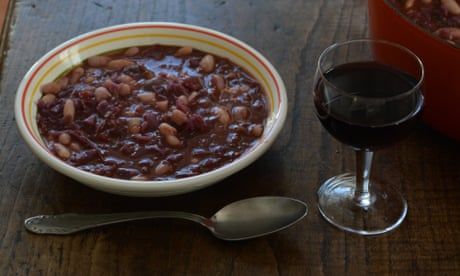
Legumes play a backseat role in many dishes, so a good way to match them with wines is first to consider the more dominant ingredients
Pulses were among the first cultivated plants, grown since our hunter-gatherer forebears began developing agrarian communities around 11,000 years ago, and although they have a certain modest charm when served alone, pulses more often play an unassuming but nutritionally valuable role to bulk up more flavourful and flashy ingredients. And it is those that should guide you when it comes to picking an accompanying wine.
A good general rule is to look to the roots of a dish and drink something that comes from nearby. Beans are very big in Tuscany, for example, often in frugal, cucina povera dishes involving tomatoes, so more often than not are a top match with a chianti or another sangiovese, just as a cassoulet from south-west France wants a local, rustic red with some acidity to cut through that meaty fattiness. Malbec from this region (or côt, as it’s known) is more savoury and earthy than its sleeker South American brethren, whose well-priced wines go as well with Mexican mole beans as they do with a pork feijoada. And when sweet, smoky spices come into play, in a traditional chorizo-and-bean casserole or a paprika-heavy veggie stew, say, choose a gutsy rioja or a brooding Georgian saperavi.
Continue reading...